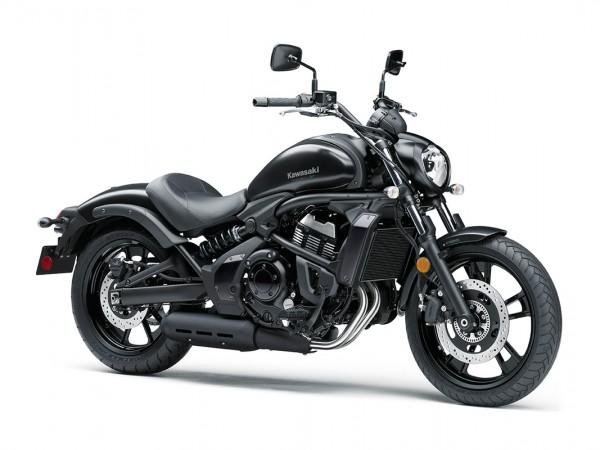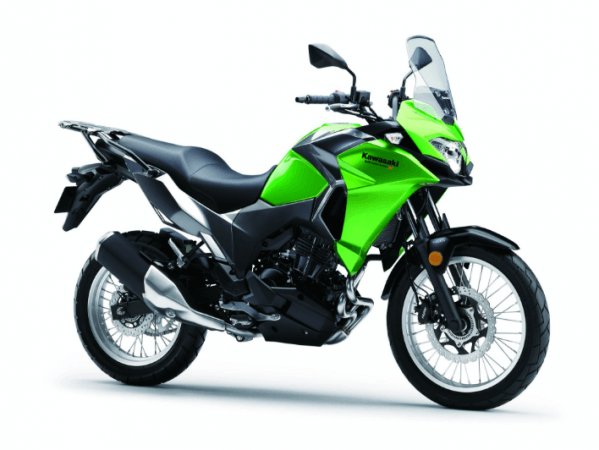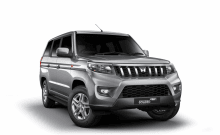
Kawasaki is strategically moving to the next phase of operations in India in 2017. As part of the action plan, Japanese motorcycle maker had severed ties with Bajaj Auto over sales and service of its sub 650cc motorcycles from April 1.
Also read: Top 5 most expensive bikes sold in India
India Kawasaki Motors Pvt. Ltd (IKM) is now reportedly planning set up its own motorcycle assembly plant in Chakan, Pune. To bolster its operations, it will also launch new bike models. A report in Autocar Professional says that the new models in question are the entry-level adventure bike Versys-X 300 and midsize cruiser Vulcan S.
"Kawasaki is keen to launch the Versys-X 300 and the Vulcan S in India soon. The two motorcycles are slated for a 2017 rollout. They are aggressively working to stabilise their operations," the publication quoted a source close to the development as saying.
As the name suggests, Versys-X 300 will join the adventure motorcycle range of Kawasaki that includes Versys 650 and Versys 1000. The motorcycle will boast of off-road friendly bits such as long travel suspension and a commendably low seat height. The motorcycle will be powered by parallel twin-cylinder 296cc mill that already powers smaller Ninja and Z models.
Vulcan S, on the other hand, is powered by the liquid-cooled, twin-cylinder, 649cc engine. This engine also does duty in a range of Kawasaki bikes that include Ninja 650, Z650 and Versys 650. All these bikes are currently locally assembled in India and hence, Vulcan S is also expected in the same line. Vulcan S will take on Harley-Davidson Street 750 in the entry-level premium cruiser motorcycle category.

IKM has already launched Ninja ZX-10RR, new Z1000, Z1000 R and new Z250 in India in 2017. On Friday, the company has also launched updated Ninja 1000 for Rs 9.98 lakh ex-showroom. The arrival of Versys-X 300, Vulcan S indicates that Kawasaki's product launching onslaught is not over yet.
Source: Autocar Professional








![BJP fields Tashi Gyalson for Ladakh; drops sitting MP [details]](https://data1.ibtimes.co.in/en/full/797185/bjp-fields-tashi-gyalson-ladakh-drops-sitting-mp-details.jpg?w=220&h=138)







